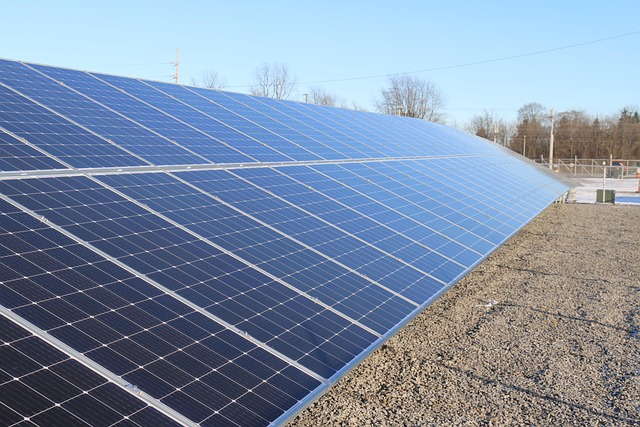Low-flow fixtures are integral to modern, eco-friendly plumbing, significantly reducing water usage without compromising performance. These innovations include showerheads, faucets, and smart toilets that conserve resources, lower utility bills, and minimize environmental impact. Installing these fixtures is a simple process, empowering homeowners to contribute to individual savings and broader sustainability goals by easing strain on local water supplies, decreasing energy use, and preserving ecosystems. Regular maintenance and adopting energy-efficient appliances further optimize water efficiency for eco-friendly plumbing practices that benefit both conservation and the environment.
Looking to reduce your water footprint and contribute to environmental conservation? Installing low-flow fixtures is an effective and straightforward step. This article guides you through the process, from understanding the benefits of low-flow technology to maintaining water efficiency. We explore various types of eco-friendly plumbing devices and provide a detailed installation process. By adopting these measures, you’ll not only cut down on water usage but also contribute to a greener planet.
- Understanding Low-Flow Fixtures and Their Benefits
- Types of Eco-Friendly Plumbing Devices
- Installation Process: Step-by-Step Guide
- Long-Term Savings and Environmental Impact
- Tips for Maintaining Water Efficiency
Understanding Low-Flow Fixtures and Their Benefits
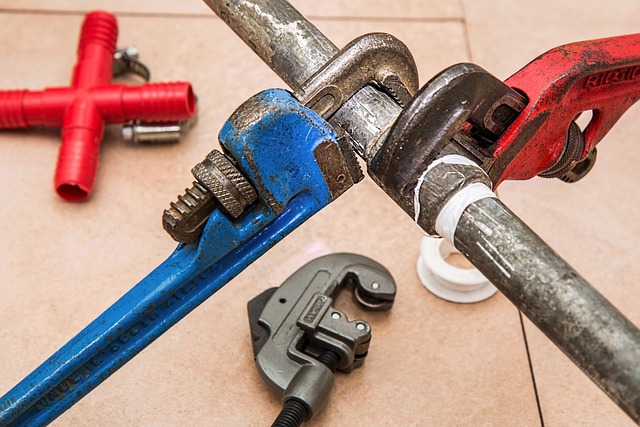
Low-flow fixtures are designed to reduce water usage without compromising functionality, making them a key component of modern, eco-friendly plumbing. These fixtures include low-flow toilets, faucets, and showerheads that employ various technologies to conserve water. By using air pressure and precision engineering, they deliver the same performance as traditional models but with significantly less water.
The benefits of installing low-flow fixtures are multifaceted. They not only help preserve our planet’s precious resources by reducing water consumption, but also lower utility bills for homeowners. Additionally, these eco-friendly plumbing solutions contribute to a reduction in the environmental impact of water treatment and distribution infrastructure. As water scarcity becomes an increasingly pressing global issue, adopting low-flow fixtures is a simple yet powerful step towards sustainable living.
Types of Eco-Friendly Plumbing Devices
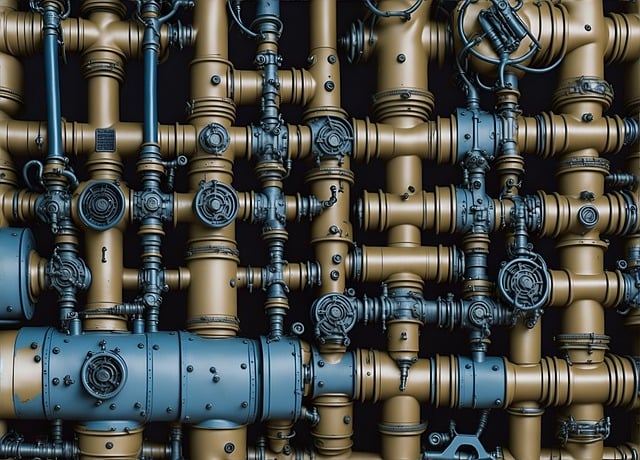
When it comes to eco-friendly plumbing, there’s a range of devices designed to help conserve water without compromising on performance. One popular option is low-flow fixtures, such as showerheads and faucets, which use advanced technology to reduce water usage while still providing adequate pressure. These fixtures are a simple yet effective way to cut down on water consumption in homes and businesses.
Other eco-friendly plumbing devices include smart toilets that offer water-saving modes, aerators for faucets that mix air with water to maintain pressure, and efficient washing machines and dishwashers. These innovations not only help preserve our precious water resources but also contribute to significant cost savings on utility bills over time.
Installation Process: Step-by-Step Guide
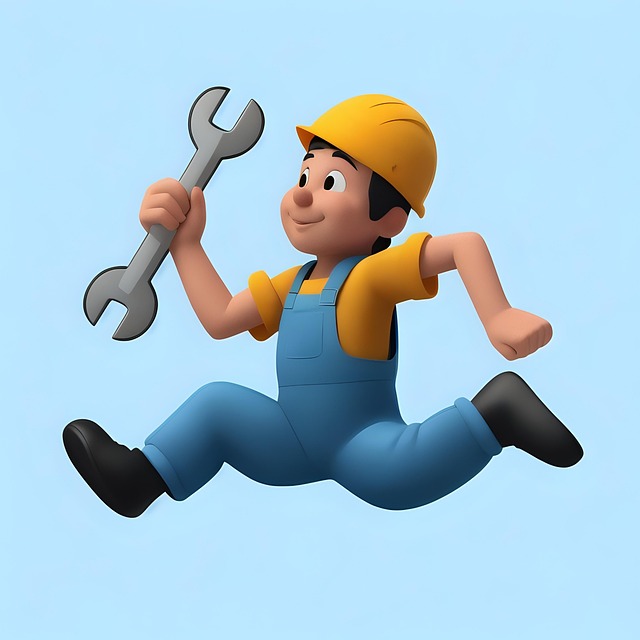
Installing low-flow fixtures is a straightforward process that involves just a few simple steps, making it an accessible way for folks to embrace eco-friendly plumbing in their homes. First, gather the necessary tools and materials, including new low-flow fixtures (such as showerheads, faucets, or toilets), Teflon tape, pliers, and a wrench. Next, locate the shut-off valves under the sink or in the basement and turn off the water supply to the fixture you’re replacing. With the water turned off, you can begin disassembling the old fixture by unscrewing any connecting parts and carefully removing it from its mounting. Once removed, wrap the new low-flow fixture with Teflon tape around the threads to ensure a secure seal and tight connection. Install the new fixture according to the manufacturer’s instructions, tightening it securely but avoiding excessive force to prevent damage. After installation, turn on the water supply and test each new fixture for any leaks or proper water flow. This simple process not only reduces water consumption but also saves money on utility bills while contributing to a greener planet through eco-friendly plumbing practices.
Long-Term Savings and Environmental Impact

Installing low-flow fixtures is not only a smart move for your wallet but also a significant step towards environmental conservation and sustainability. In the long term, these savings translate to reduced water consumption, which leads to substantial financial cuts on utility bills. This simple change encourages responsible water usage, ensuring that precious resources are conserved for future generations.
The impact extends beyond individual homes; it contributes to a broader shift towards eco-friendly plumbing practices. By adopting low-flow technologies, we minimize the strain on local water supplies and reduce the energy required for water treatment and distribution. This, in turn, lowers carbon emissions and helps preserve ecosystems, making our communities more resilient and environmentally friendly.
Tips for Maintaining Water Efficiency
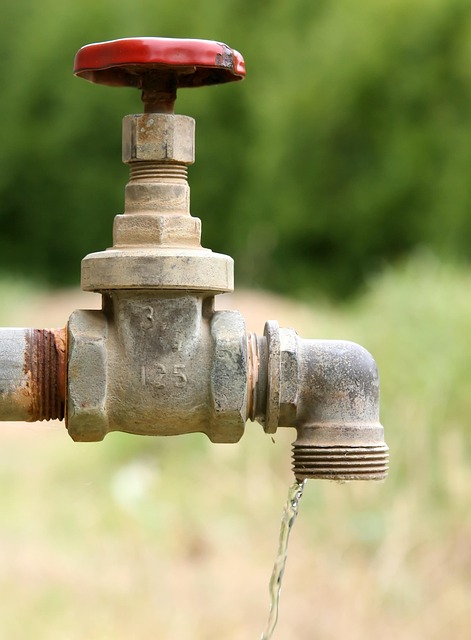
When installing low-flow fixtures, it’s important to ensure they function optimally for maximum water savings. Regular maintenance is key; clean or replace filters in showerheads and toilets according to manufacturer recommendations. For eco-friendly plumbing, periodically check for leaks and fix them promptly as even small drips can waste significant amounts of water over time. Additionally, consider using a low-flow laundry machine and dishwasher, which are designed to use less water per load while still effectively cleaning your dishes and clothes. These simple steps not only help conserve precious resources but also contribute to a greener environment through sustainable plumbing practices.
